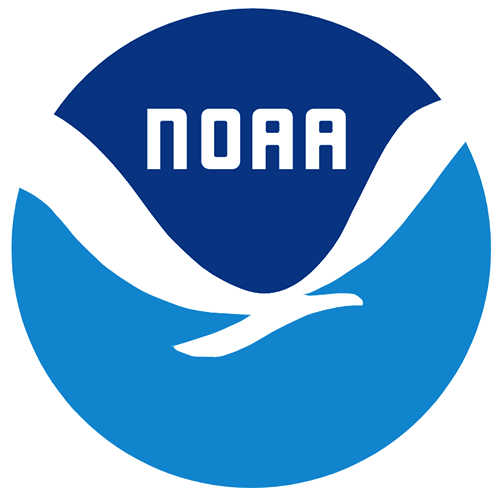2008 NJ Statewide Lidar: Somerset County
Welcome Guest ( Sign In )
NOAA
 These data support the general geospatial needs of the USGS and other federal agencies. LiDAR data is remotely sensed high-resolution elevation
data collected by an airborne collection platform. By positioning laser range finding with the use of 1 second GPS with 200hz inertial measurement
unit corrections, Airborne 1's LiDAR instruments are able to make highly detailed geospatial elevation products of the ground, man-made structures
and vegetation. The LiDAR flightlines for this project were planned for a 50% acquisition overlap. The nominal resolution of this project without
overlap is 1.203m, with a 0.90m resolution with the 50% overlap, assuming a normal distribution. Two returns were recorded for each pulse in addition
to an intensity value. GPS Week Time, Intensity, Flightline and number attributes were recorded for each LiDAR point. Positional values were recorded
to the centimeter level, while GPS is recorded to a 10th of a millisecond. Scan angle was recorded to the nearest angle, Intensity is recorded as a
12 Bit dynamic range value and echo is recorded as a numeric value from 0 to 256.
The data was originally provided as random points, in LAS v1.1 format, classified according to the following codes:
Class 1 Non-ground/Extracted Features Last Pulse
Class 2 Bare Earth Ground Features Last Pulse
Class 3 Extracted Features First Pulse
Class 4 Bare Earth Ground Features First Pulse
It should be noted that Class 3 and 4 are not ASPRS classes but since this data is a two pulse system, this is the most efficient format to
separate the pulses and classification process.
The data was reclassified into 2 distinct classifications:
Class 1 Non-ground/Extracted Features First and Last Pulse
Class 2 Bare Earth Ground Features First and Last Pulse
This data set is an LAZ (compressed LAS) format file containing LIDAR point cloud data.
These data support the general geospatial needs of the USGS and other federal agencies. LiDAR data is remotely sensed high-resolution elevation
data collected by an airborne collection platform. By positioning laser range finding with the use of 1 second GPS with 200hz inertial measurement
unit corrections, Airborne 1's LiDAR instruments are able to make highly detailed geospatial elevation products of the ground, man-made structures
and vegetation. The LiDAR flightlines for this project were planned for a 50% acquisition overlap. The nominal resolution of this project without
overlap is 1.203m, with a 0.90m resolution with the 50% overlap, assuming a normal distribution. Two returns were recorded for each pulse in addition
to an intensity value. GPS Week Time, Intensity, Flightline and number attributes were recorded for each LiDAR point. Positional values were recorded
to the centimeter level, while GPS is recorded to a 10th of a millisecond. Scan angle was recorded to the nearest angle, Intensity is recorded as a
12 Bit dynamic range value and echo is recorded as a numeric value from 0 to 256.
The data was originally provided as random points, in LAS v1.1 format, classified according to the following codes:
Class 1 Non-ground/Extracted Features Last Pulse
Class 2 Bare Earth Ground Features Last Pulse
Class 3 Extracted Features First Pulse
Class 4 Bare Earth Ground Features First Pulse
It should be noted that Class 3 and 4 are not ASPRS classes but since this data is a two pulse system, this is the most efficient format to
separate the pulses and classification process.
The data was reclassified into 2 distinct classifications:
Class 1 Non-ground/Extracted Features First and Last Pulse
Class 2 Bare Earth Ground Features First and Last Pulse
This data set is an LAZ (compressed LAS) format file containing LIDAR point cloud data.
